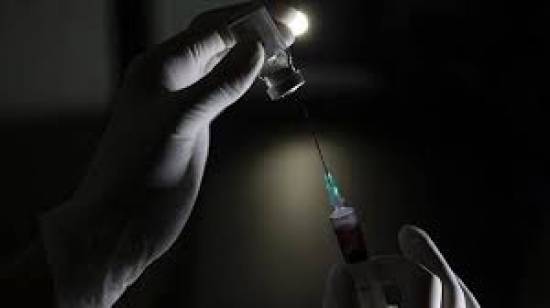While strong economies in the world have bought millions of coronavirus vaccines, purchasing a cure is not a possible option for many nations in Latin and Central Americas.
Low-income countries are often more reliant on COVAX from Gavi the Vaccine Alliance, the Coalition for Epidemic Preparedness Innovations (CEPI) and WHO, rather than big pharmaceutical companies like Pfizer, Moderna and Oxford-AstraZeneca.
According to Pan American Health Organization (PAHO), the goal is to provide vaccines for at least 20% of the population in each country participating in COVAX, including 37 countries from Latin America and the Caribbean.
Although 27 nations have sufficient financing to purchase those vaccines, 10 countries will receive them at no cost "due to their economic condition or population size," the PAHO said Sunday.
Those 10 nations include Bolivia, Dominica, El Salvador, Grenada, Guyana, Haiti, Honduras, Nicaragua, Saint Lucia, and Saint Vincent and the Grenadines.
All of those countries have lower than $12,000 GDP (Gross Domestic Product) per capita, according to the latest data of the World Bank. Bolivia has the highest population inside them with 11.5 million.
Bolivia, Honduras and El Salvador have the highest COVID-19 case counts with nearly 220,000, 150,000 and 55,200 cases, respectively, the US-based Johns Hopkins University's data showed.
They would receive doses of the AstraZeneca vaccine starting from mid-February. Bolivia, Colombia, El Salvador, and Peru will also receive a total of 377,910 doses of the Pfizer/BioNTech vaccine.
The Americas region will need to immunize about 500 million people to control the pandemic, the organization underlined./aa


